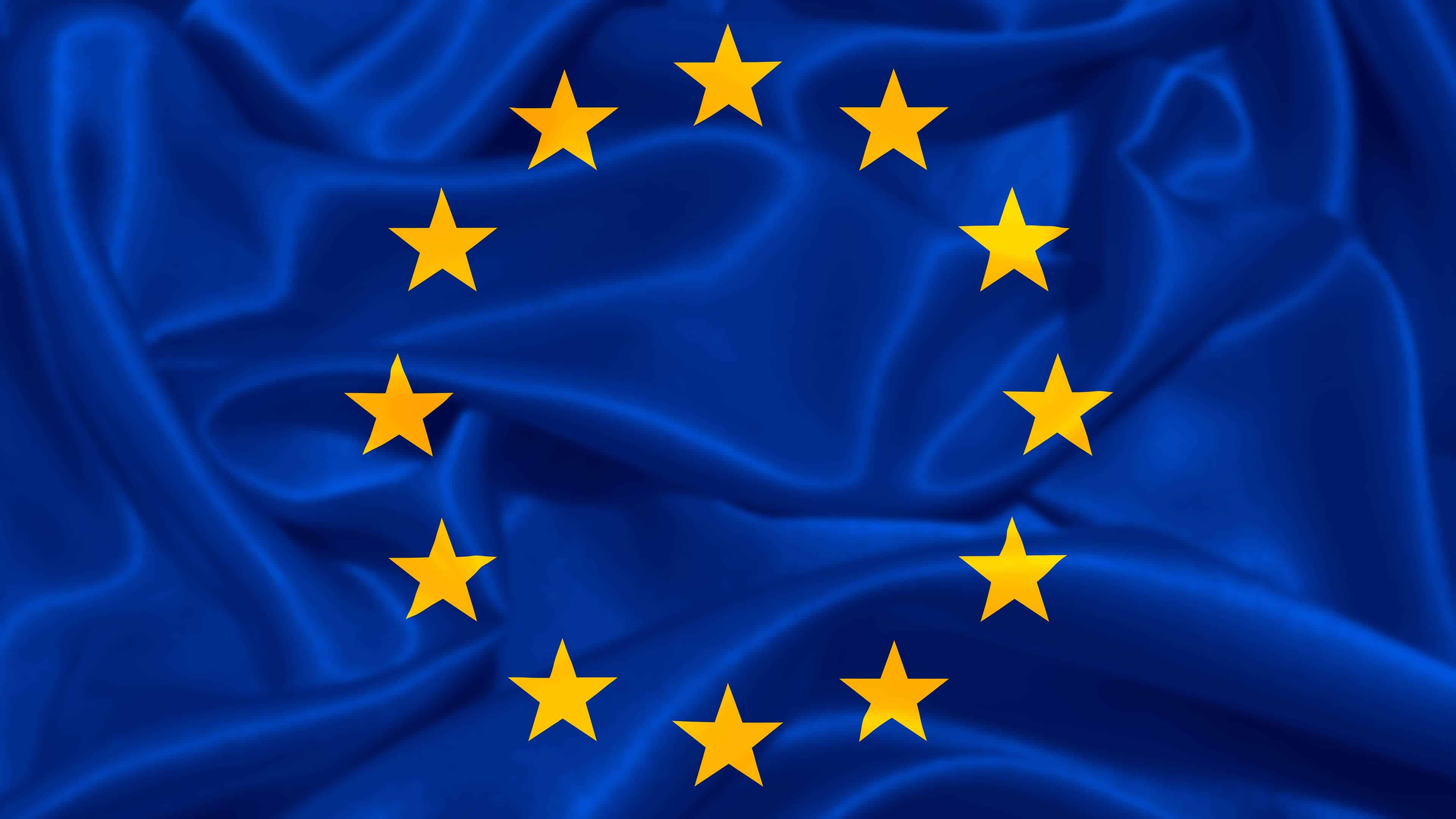- cross-posted to:
- europe@lemmy.dbzer0.com
- cross-posted to:
- europe@lemmy.dbzer0.com
cross-posted from: https://scribe.disroot.org/post/3438879
When Chinese and Serbian officials signed a free trade agreement (FTA) on the sidelines of the 2023 Belt and Road Forum in Beijing, it was hailed as the dawn of a new era in bilateral relations. The document was framed not just as an economic pact but as a symbol of deepening strategic alignment between Belgrade and Beijing. Although the deal officially came into effect in July 2024, it had already gained prominence during Chinese President Xi Jinping’s high-profile visit to Serbia in May of that year. Now, nearly a year into its implementation, new data is shedding light on how both nations are being affected by the agreement – and what the early returns reveal about this evolving partnership.
TLDR:
- Bilateral trade between Serbia and China surged from $1.5 billion in 2014 to $6 billion by 2023. But behind this dramatic growth lies a more complex story – one marked by persistent imbalance. A decade ago, Serbia’s exports to China were negligible, totaling just $8.9 million in 2013, compared to $1.5 billion in imports from China. By 2023, Serbian exports had jumped to $1.23 billion – an impressive leap, yet still dwarfed by the $4.8 billion worth of Chinese goods entering the Serbian market.
- At the heart of the debate is Serbia’s heavy reliance on copper – an industry now largely controlled by the Chinese mining giant Zijin, which operates locally through its two subsidiaries, Zijin Copper and Zijin Mining. This dynamic has fueled concerns about the exploitative nature of Serbia’s trade relationship with Beijing. … Analysts warn it may further entrench China’s dominant role in sectors like mining, without creating meaningful opportunities for Serbia’s domestic, export-oriented industries to grow or diversify.
- A closer look at Serbia’s top exports to China reveals a troubling pattern. Of the five leading export categories in 2023, three consisted of raw or minimally processed natural resources. Copper ores and concentrates dominated the list, accounting for $842 million in exports, followed by refined copper at $301 million. The third most exported product – processed wood – trailed significantly at $26 million. While the overall export volume is substantial, critics argue that the composition of these exports tells a more complicated story.
- Serbia’s export portfolio to China remains overwhelmingly concentrated: 93 percent of all exports – roughly $1.76 billion – consisted of copper and copper-related products, the vast majority of which are tied to Chinese-owned mining operations within Serbia.


